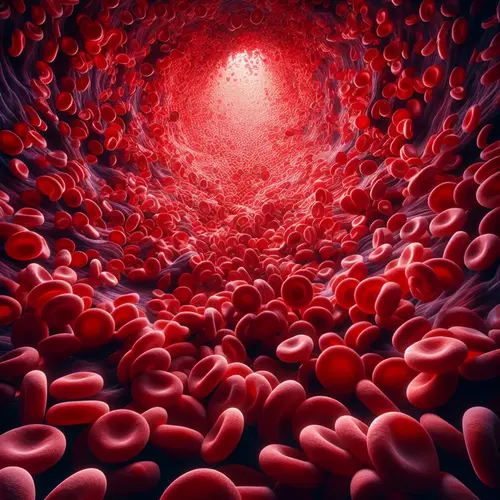Universal Artificial Blood Breakthrough in Japan
Japan’s latest innovation, the Japan universal artificial blood, is poised to revolutionize transfusion medicine. For decades, blood transfusions have depended on matching types—a restriction that often complicates emergency care and limits donor availability. Now, Japanese scientists have developed a synthetic blood product that can be safely used for all types, eliminating the need for matching and bringing renewed hope to patients worldwide.
What is Universal Artificial Blood?
This new breakthrough, known as Japan universal artificial blood, involves encapsulating purified hemoglobin from expired donor blood in microscopic vesicles. Professor Hiromi Sakai and her team at Nara Medical University engineered these hemoglobin vesicles to mimic the oxygen-carrying function of natural red blood cells. Unlike conventional blood supplies, this artificial substitute can be stored at room temperature for up to two years, greatly enhancing its accessibility and logistical benefits.
How Does the Artificial Blood Work?
This universal blood contains no blood type, making it suitable for transfusions in any patient. The process involves extracting hemoglobin and encasing it in a protective shell to prevent viral contamination and ensure safety. A related approach by Professor Teruyuki Komatsu at Chuo University uses albumin to stabilize blood pressure and treat medical emergencies, including hemorrhages and strokes.
Clinical Trials and the Future
Clinical trials of this innovative blood product are already underway. Researchers are administering doses between 100 and 400 milliliters to healthy volunteers to rigorously test safety and effectiveness. If these trials succeed, approval for broad use in Japan could arrive as early as 2030. Experts predict this universal solution will transform emergency medicine, surgeries, and healthcare in remote regions.
Why This Innovation Matters
Blood shortages are a growing issue in many countries, especially with aging populations and fewer donations. The Japanese universal blood addresses these challenges by providing a safe, transportable, and compatible alternative. Its extended shelf life and immediate readiness for transfusion could save countless lives during crises and disasters.
Looking Forward
As research continues and clinical results emerge, the world is watching Japan’s progress closely. The promise of a universal blood product could redefine healthcare, offering hope to millions who rely on safe, timely transfusions.
In summary, the Japan universal artificial blood marks not just a scientific breakthrough, but a beacon of innovation for the future of medicine.
The following post may interest you
Nosebleeds in Children: Causes, Treatment, and Prevention

